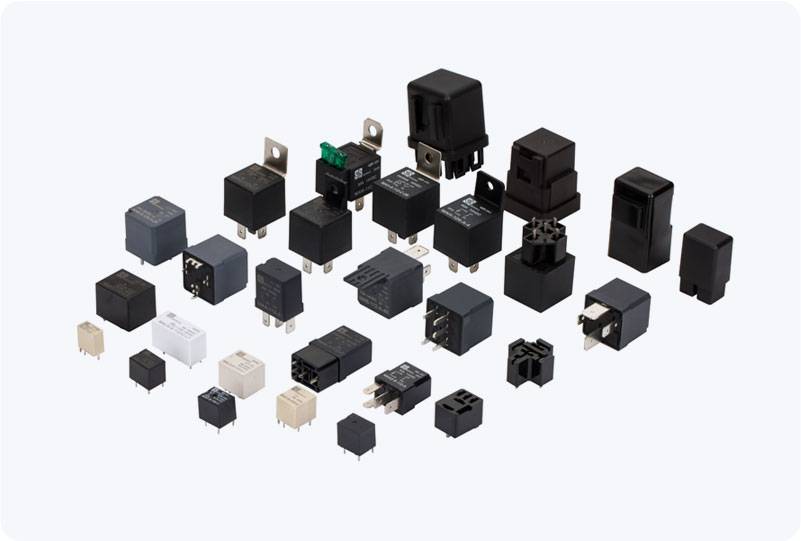dc charging station relay: ensuring safe and efficient charging for electric vehicles
Release time:2025-08-23 04:06:17
As the world transitions toward greener energy solutions, electric vehicles (EVs) have become increasingly popular due to their reduced carbon footprint compared to traditional internal combustion engine vehicles. A vital component of the infrastructure supporting this shift is the electric vehicle charging station, specifically DC (Direct Current) charging stations. Among the many critical elements of a DC charging station, the DC charging station relay plays a pivotal role in ensuring both the safety and efficiency of the charging process. This article delves into the functions, importance, and applications of the DC Charging Station Relay in modern electric vehicle charging systems.

Understanding DC Charging Stations
Before exploring the relay's role, it's essential to understand the core of a DC charging station. Unlike AC (Alternating Current) chargers, which rely on the vehicle's onboard charger to convert AC power to DC power, DC fast chargers supply direct current directly to the vehicle’s battery. This method of charging is significantly faster than its AC counterpart, reducing the time needed to recharge an EV.
DC fast chargers are commonly installed in public charging stations and are capable of providing higher charging power—typically ranging from 50 kW to 350 kW—allowing electric vehicles to charge up to 80% in as little as 30 minutes. This high-power delivery makes the efficient operation of DC charging stations highly dependent on various electrical components, including the DC charging station relay.

